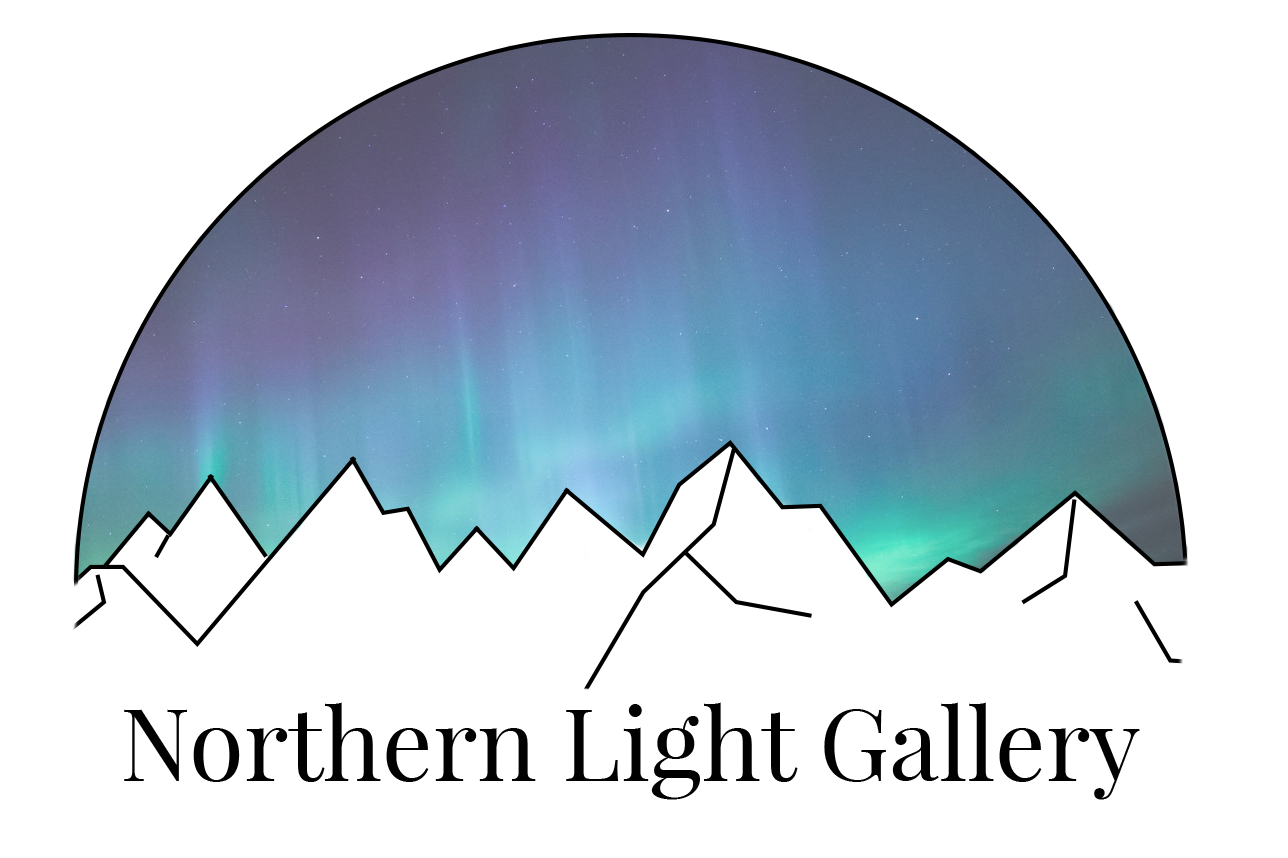Mary Birgitte Cecilie Magdalena Willumsen
(1884-1961)
Mary Willumsen came from a typical working class family in the Valby of the 1880s. The father was employed at the gasworks and the mother washed and sewed for people in the home. As a 7-year-old, Mary, together with her mother and brother, distributed the "Social Democrat" and thus earned a little extra for the family. After Ms confirmation in 1899, she started as a seamstress at Magasin du Nord. In 1910 she married the painter and photographer Harald Axel Larsen (1883-1913). and In 1912 the couple had a son Svend Børge Larsen. HL taught Mary to take photographs and shortly after his untimely death at the age of 30, Mary began the now famous recordings from the bathing establishment "Helgoland" at Svanemøllen.
The first recordings were commissioned by women on Heligoland who wanted to be photographed. Later - perhaps as early as 1914 - when the sale and publication of postcards increased, Mary began to ask women if they would stand as a model for her. In the years 1916 - 1920 there was a warm reception of Mary's pictures and it became some of her most active years. Some of the photographs were reproduced in Vore Damer, the women's magazine of the time, but without a name. At the same time, the postcards were exhibited and sold in many Copenhagen kiosks. Likewise, the photographs were reproduced at at least three and possibly four different postcard publishers. In 1917, the 37-year-old widow married for the second time, this time to the milk driver Jens Ludvig Georg Willumsen (1885-1946). Lolle - as Mary called him helped with the production in the darkroom, which was the darkened main staircase in the couple's Viborggade apartment.
When Vigilia - a group of people who were on guard against demoralized elements in society - complained to the police about some bathing postcards, the police were forced to collect evidence for the prosecution. It had to be established that there had in fact been a violation of section 184 of the Act on "lewd images".
According to M's own statement to the police in 1920, she produced over 1,000 postcards a month for the Scala kiosk alone. Police confiscated over 15,000 postcards as evidence in connection with the investigation. In addition, there was an order from Germany for an additional 10,000 postcards, which had just been delivered. At that time, there was only one other photographer in Denmark - Emil Andersen Ebbesen (1891-1933), who produced postcards of similar character and number. However, he is not mentioned at any point in this study, and it can therefore be established with great certainty that many of the postcards mentioned were Mary's.
To keep customers interested, the owner of Scala kiosk persuaded Mary to make more and more nude nude shots. That wish was fulfilled by Mary, with respect for creativity so that the postcards became neither lewd nor pornographic. One of the elements most clearly seen in Mary's recordings is precisely the respect for the model's personality and individuality. She primarily presents her models as women. She does not hide their sexuality, but does not dwell on it either, as is the case for numerous German and French erotic postcard photographers. In Mary's photographs, the women present themselves or she lets them play a kind of secret game with the photographer. The real identity of women is hidden, and instead she imposes on them a new identity, as eternal symbols of femininity.
Mary Willumsen's pictures show inspiration from German nudist and French postcard photography, but the inspiration is limited. Mary quickly found her own photographic "path" that has not been widely trodden by other female photographers and to which male photographers did not even have access.
After a year and a half of investigation, the police returned most of the postcards that the prosecution had considered legal and all further prosecution of Mary Willumsen fell silent. In February 1922, Mary asked the authority for permission to continue the production of bathing postcards. She was financially dependent on the income, and promised to meet every requirement on the part of the authorities. It is possible that Mary made a few pictures after the date of the letter, but as early as 1928 she began to clean some of the glass plates to reuse the glass. Mary never photographed on Helgoland again. She lived the rest of her life secluded from the world of photography and made a living by buying up trinkets and antiques, which she found at dealerships and at auction houses and sold on to the wealthy citizens of Hellerup and Gentofte.
The appeal of Mary Willumsen's photographs seems to be equally appealing to women as to men. There is something in their simplicity and straightforwardness that catches our attention, makes us look, amazes us and that often brings out the smile.
Andrew Daneman
Northern Light Gallery ApS
All photographs ©Andrew Daneman 2021

